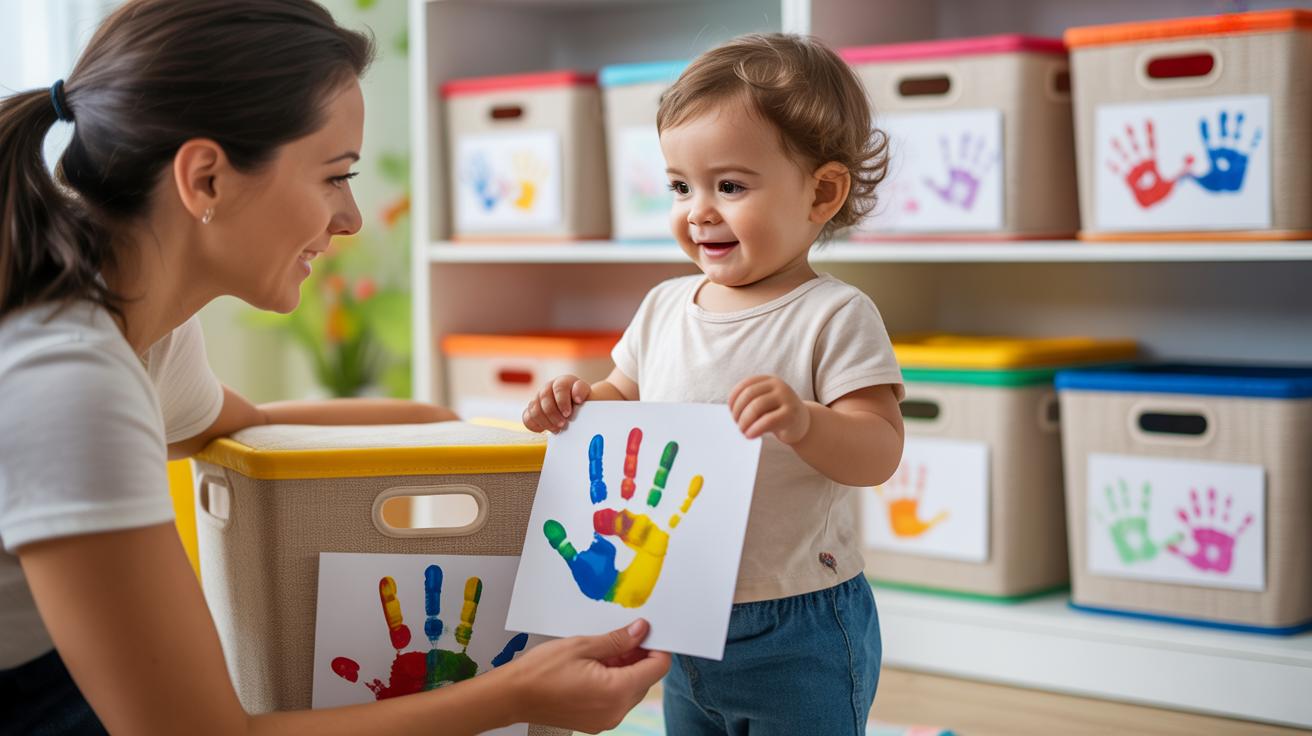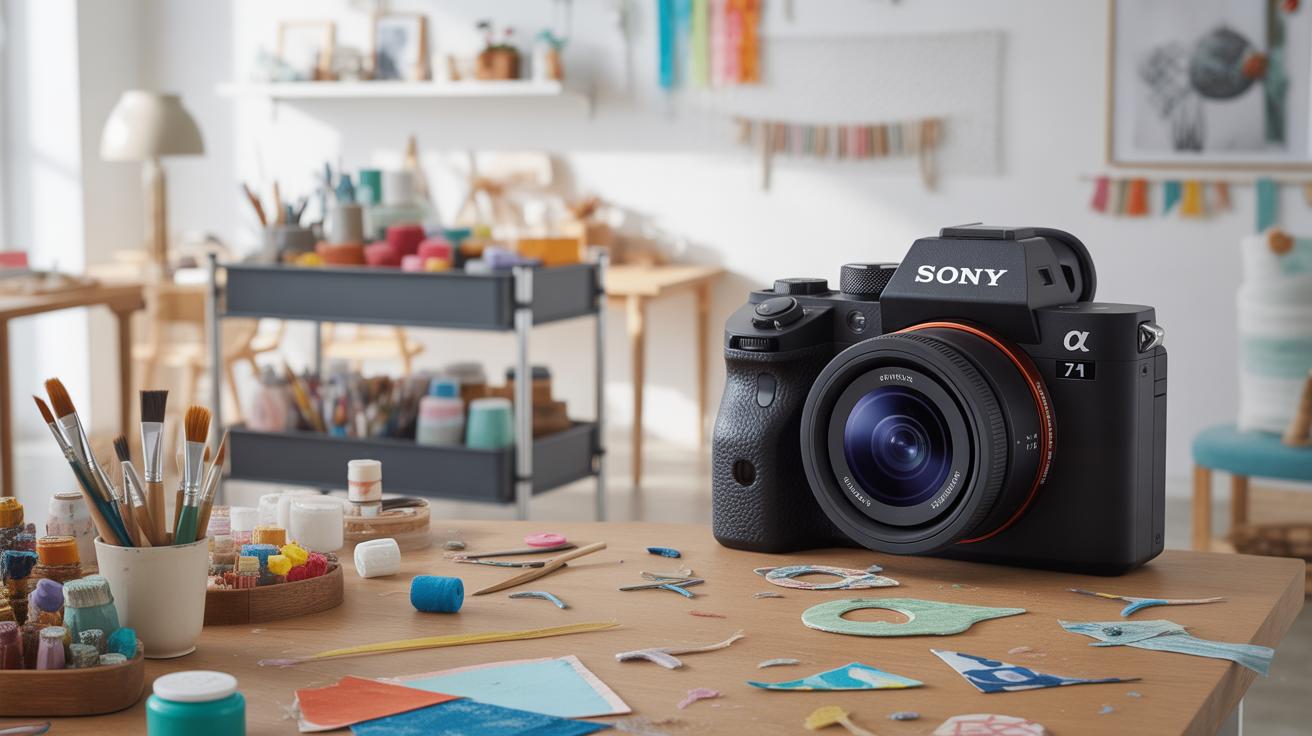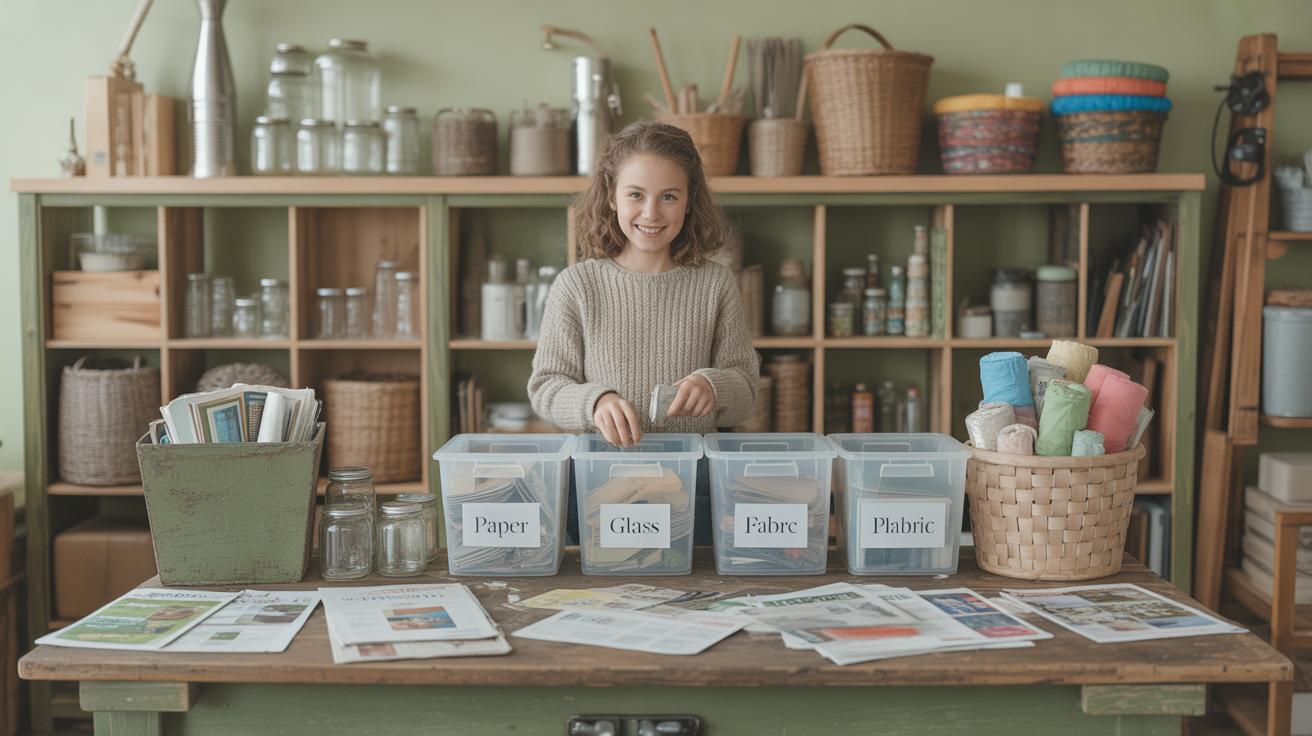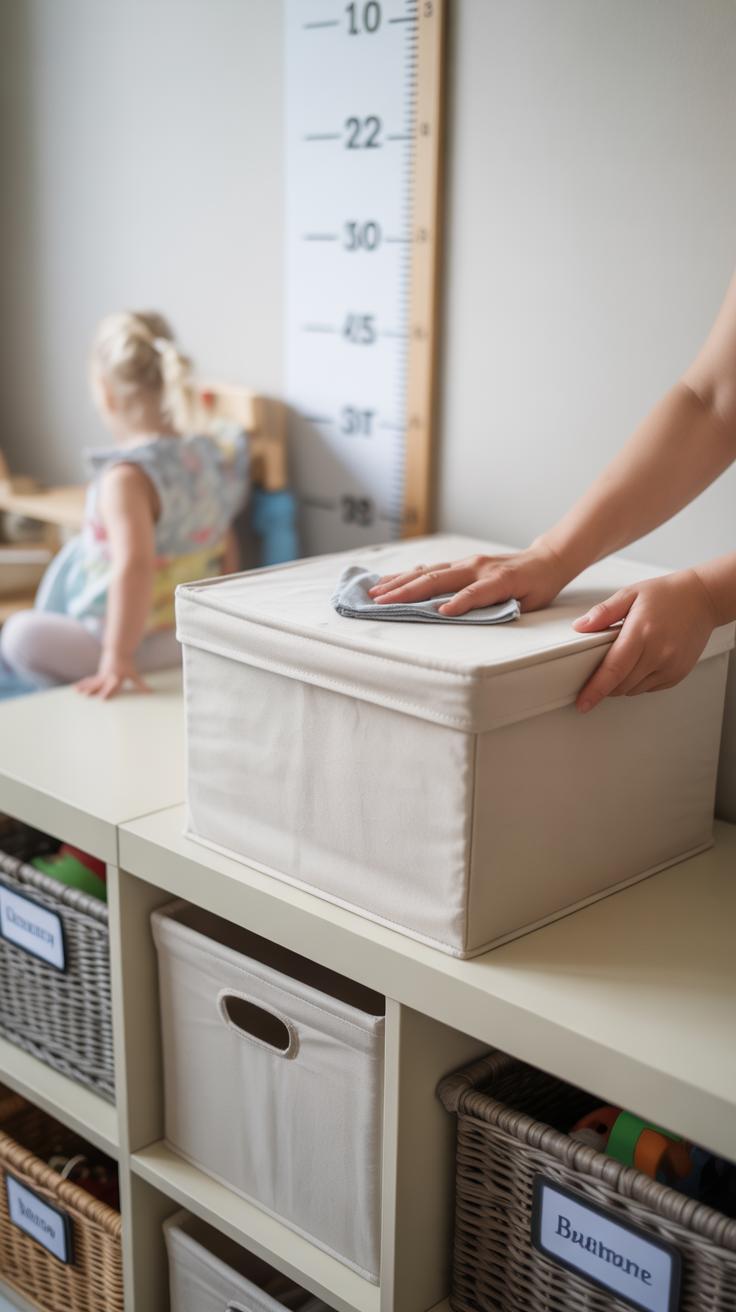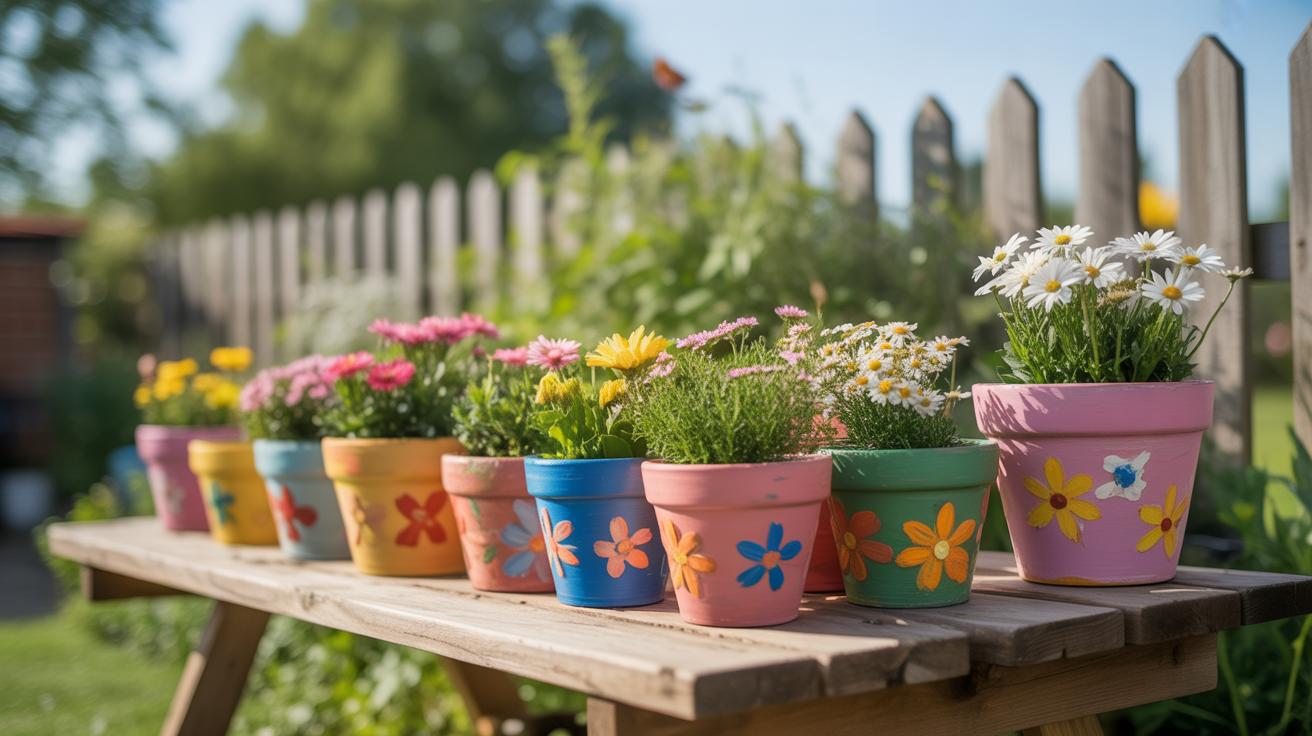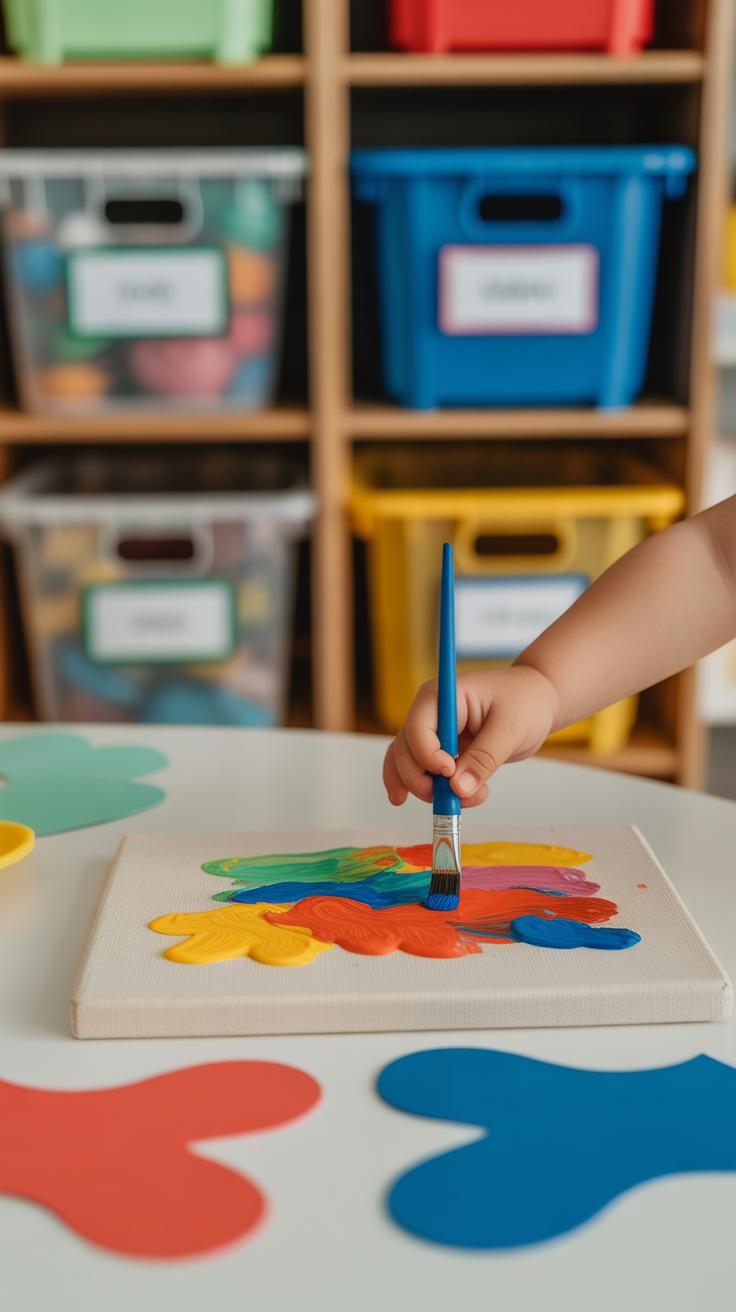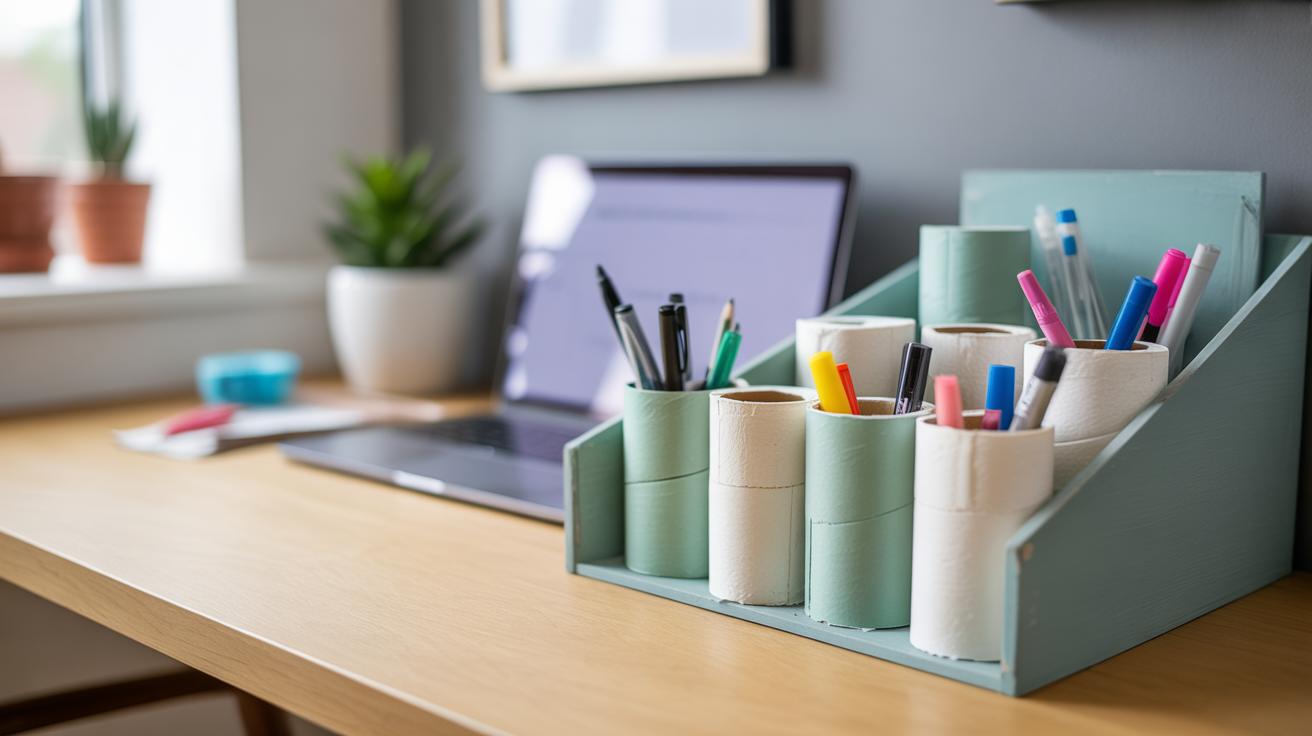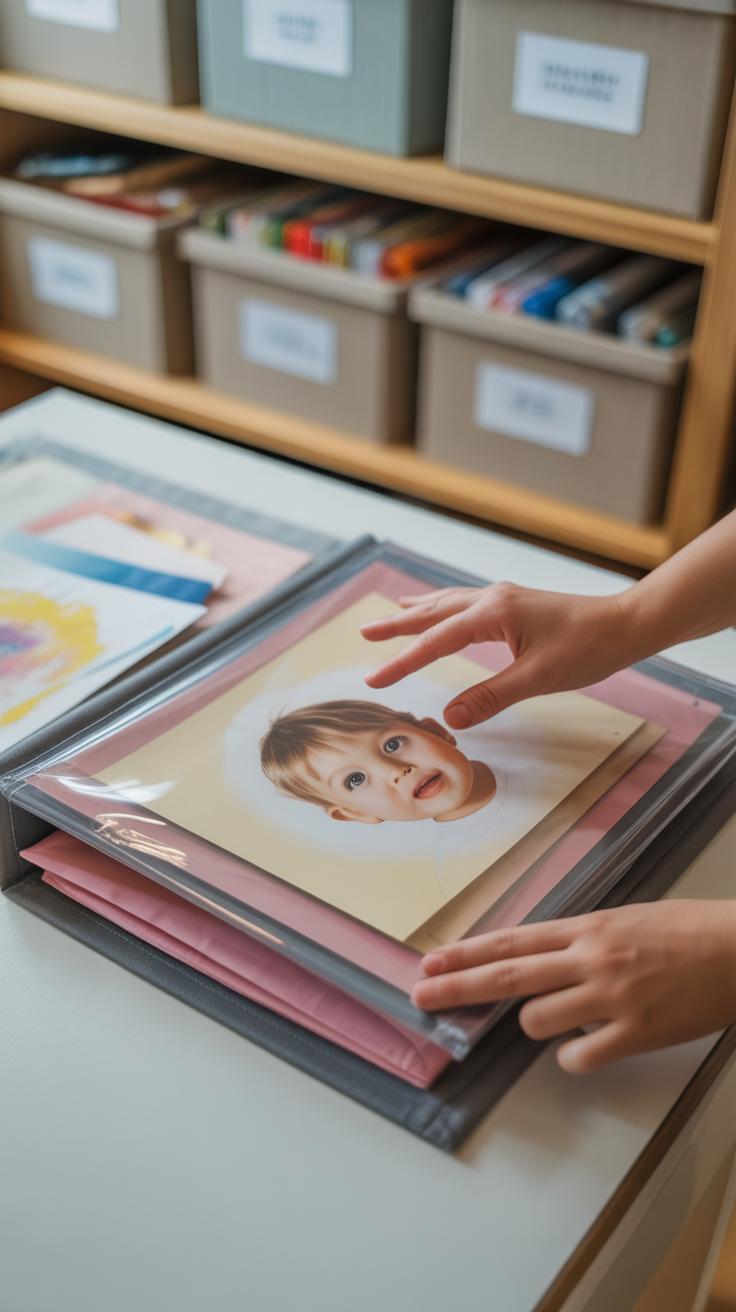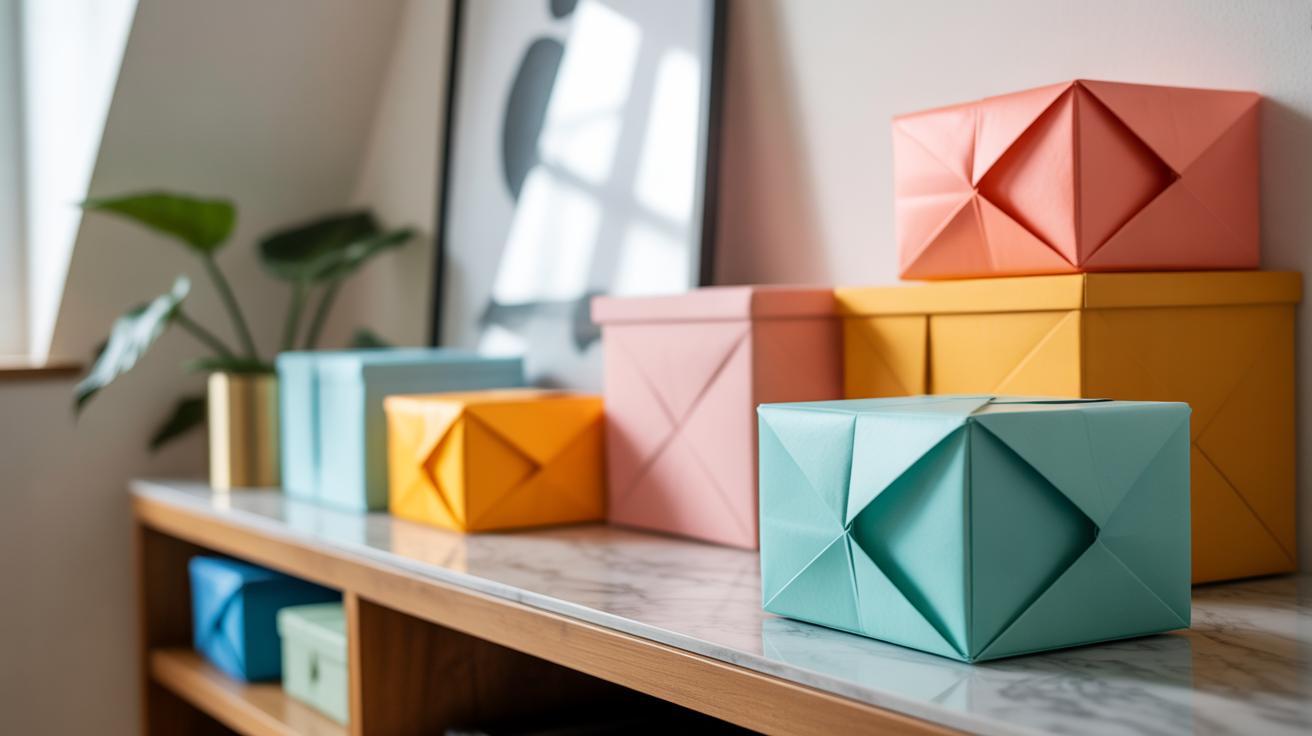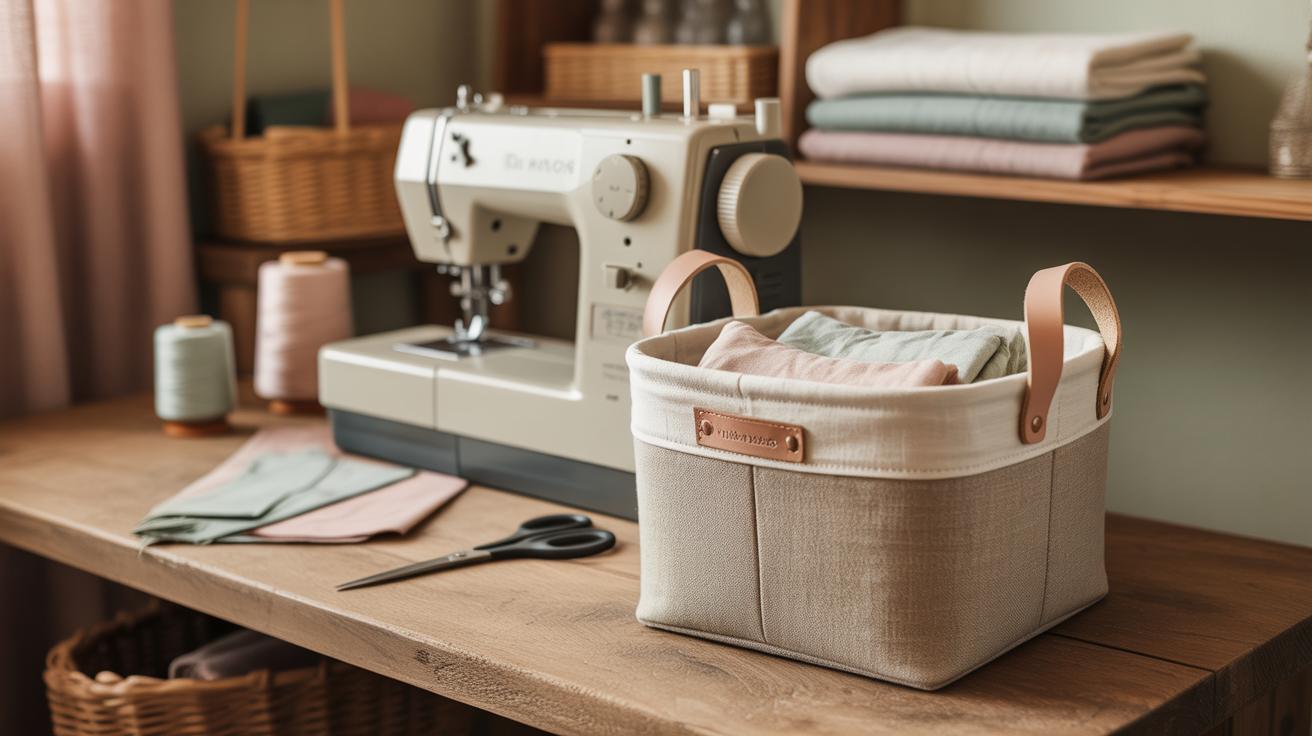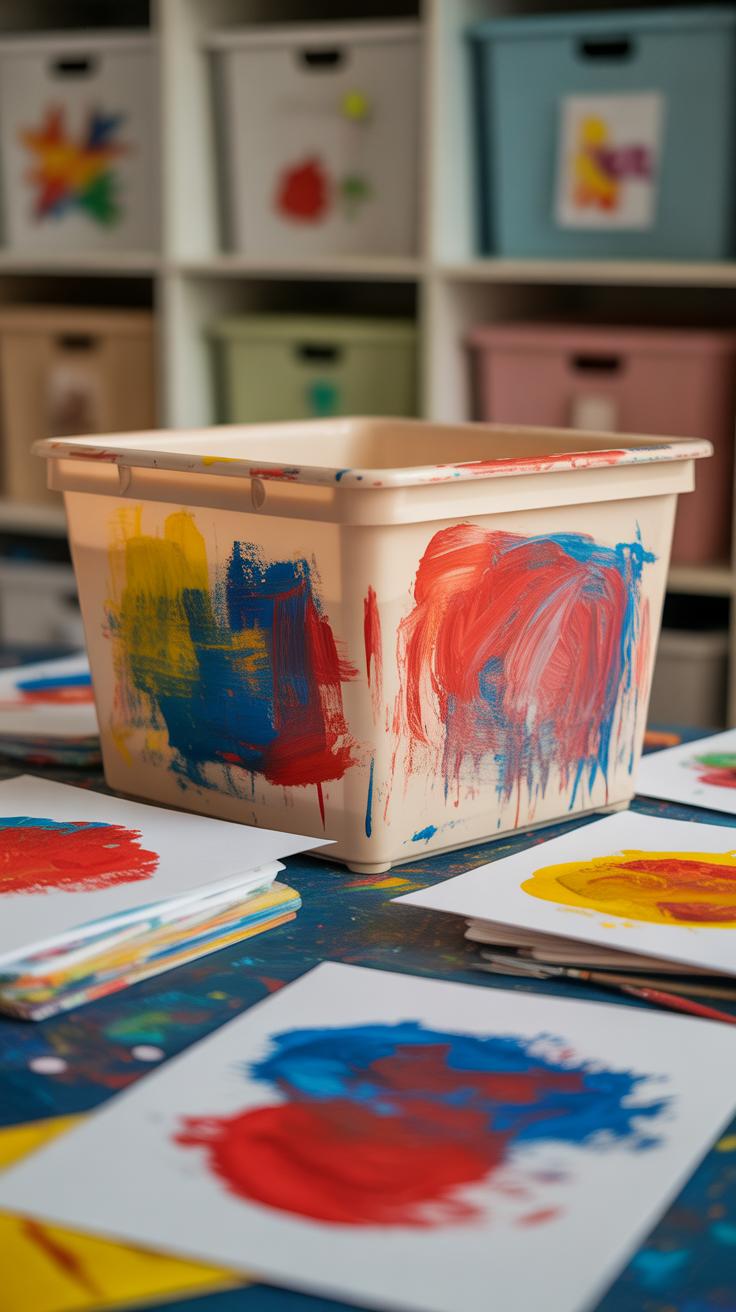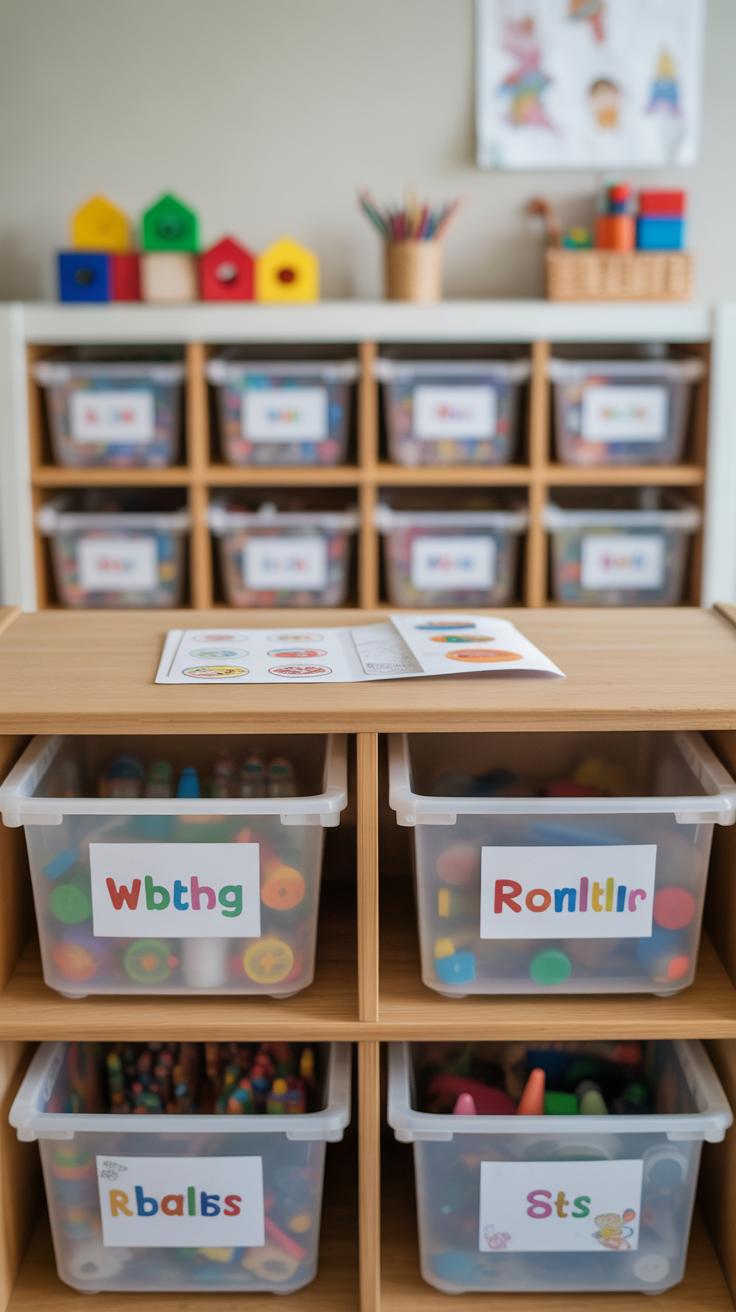Introduction
Are you looking for fun and creative ways to decorate your storage area? Toddler art can offer colorful and personal touches that brighten up any storage space in your home. Using toddler art projects to decorate your storage area allows you to showcase your child’s creativity while making storage spaces more inviting and unique.
This article explores practical ideas for incorporating toddler-created art into your storage areas. You will find project ideas that are simple to implement and tips on the best ways to display and protect your toddler’s art. Let’s discover how you can transform your storage area with adorable and meaningful art from your little one.
Why Toddler Art Enhances Your Storage Area
Using toddler art to decorate your storage area brings a unique, personal touch that’s hard to match with store-bought décor. These pieces capture moments of early creativity, making the space feel less like a backroom or clutter zone and more like a part of your home’s story. There’s something quietly satisfying about seeing that small handprint or a quirky scribble amid shelves and bins. It reminds you of growth, discovery, and childhood unfolding right before your eyes.
Toddler art also sparks creativity—not just for the child but for the whole family. Displaying these works encourages you to think beyond the usual decoration and appreciate imperfect, playful designs. It’s an invitation to step away from neatness and order for a moment, embracing colors and shapes that might feel random but add vibrancy.
Plus, incorporating toddler art can break the monotony of storage areas. Instead of dull walls or plain boxes, you create an environment that feels welcoming. It might even make organizing a little more fun or less of a chore. Would you spend more time tidying up if you were surrounded by cheerful, personal art? For many, the answer is yes, and that’s where toddler art really shines.
The Value of Toddler Creativity
Encouraging your toddler’s creativity is valuable beyond simply keeping them entertained. When children create art, they express themselves in ways words can’t reach. Their drawings, even if just squiggles or blobs, carry meaning shaped by their early experiences and feelings. These artworks become a snapshot of their developing mind.
Displaying that creativity honors their efforts. It shows that what they make matters. This can boost their confidence, even at a young age. When a child sees their work hung up, they often feel proud, which can encourage them to explore more, try new things, and develop problem-solving skills.
At the same time, toddler art brings a softness and authenticity to any space. It’s not about perfect shapes or precise lines. Instead, it captures curiosity and effort. That rawness gives decorations a soul. So when you decorate your storage with toddler art, you’re adding layers of meaning and connection, not just color.
Making Storage Areas More Inviting
Storage areas often get ignored, left plain or utilitarian. But adding toddler art changes the whole atmosphere. It makes these spaces feel less like a place for forgotten items and more like an extension of your living space.
Even small additions—a painting on a filing cabinet, a drawing taped to a shelf—bring warmth. These elements break up visual flatness and add interest. Visitors might stop and notice, sparking conversation or smiles. It’s surprising how a few bright strokes can make a dated closet or corner feel lighter.
Plus, inviting spaces can alter how you use them. Storage areas may become spots you want to spend a little more time in, whether to organize, create, or just glance at those little masterpieces. That subtle shift makes a difference in daily life, weaving creativity into the most unnoticed places.
Choosing Toddler Art Projects Suitable for Storage Decoration
Picking the right toddler art projects for your storage area isn’t just about what looks cute. You want projects that are simple enough for little hands but also sturdy enough to last. Toddlers tend to work messily, and their creations might not be perfectly finished, but that’s part of the charm. Still, if the art will be displayed in a storage space, it has to handle some wear—touches, bumps, maybe even a bit of moisture.
Simple Art Techniques for Toddlers
Some techniques fit this balance better than others. Try these out:
- Finger Painting: It’s tactile and fun. Toddlers love the feel of paint on their fingers. Use thick, non-toxic paints that dry quickly to avoid smudging.
- Stamping: Using sponges or safe objects dipped in paint creates interesting patterns. It’s easier for toddlers to control than brushes.
- Collage: Let your child glue paper bits or fabric scraps on sturdy paper. Textured materials make the piece more durable.
- Crayon Resist: Draw with crayons, then paint over with watercolors. The crayon lines resist the paint, creating fun effects that last.
Each technique has its quirks, and toddlers may prefer one over another—or switch suddenly. You might find finger painting is a big hit one week and stamping the next. It’s a bit unpredictable but that’s fine.
Durable Materials for Storage Spaces
Now, about materials. Not everything toddler art is made to last in a storage area with occasional dust, sunlight, or temperature changes.
- Heavyweight Paper or Cardstock: This resists tears better than thin paper. Consider mounting art on these for extra strength.
- Laminating: If you don’t mind a glossy finish, laminating pieces protects them from spills and dirt. Plus, it makes the colors pop.
- Canvas Panels: For painting projects, small canvases hold up well and feel more substantial.
- Non-Toxic Acrylic Paints: Dry harder and handle minor scuffs better than typical finger paints.
You may want to avoid delicate materials like tissue paper or thin construction paper if they’ll be handled often. It’s tempting to use everything adorable your toddler makes, but some pieces might just not survive the storage environment well. Do you keep everything? That’s up to you—but picking strong materials helps your storage area stay bright and neat longer.
Preparing Your Storage Area for Toddler Art
Cleaning and Clearing Space
You’ll want to start by clearing out any clutter in your storage area. Maybe there are boxes or items you don’t really need anymore—this is a good chance to sort through them. Try to make enough room so the art won’t get lost among stuff. Dust the shelves and wipe down flat surfaces, since a clean spot will help the colors and shapes in the art really pop. It’s also helpful to think about protection: a tidy area means fewer risks of damage from spills or dust, which toddlers’ delicate artwork can’t handle too well.
Breaking down the clean-up into simple steps can make this less overwhelming:
– Remove unnecessary items
– Dust all surfaces
– Wipe down shelves and storage bins
– Rearrange remaining belongings to one side or in neat piles
You might be surprised how much brighter and more inviting the space feels after just a quick tidy-up. It’s almost like resetting a blank canvas before adding new pieces.
Choosing Display Locations
When deciding where to place your toddler’s art, think about spots that are visible but protected. Walls near shelves or the backs of cupboard doors work well, often offering a flat, safe place for drawings and crafts. You could also consider attaching art to the sides of storage bins if they’re smooth and stable. It’s better to avoid spots too close to active traffic paths or moisture sources, just to keep the pieces safe.
Consider how the lighting affects the visibility, too. Sometimes a spot that’s bright during the day fades into shadows by evening. Would your toddler like to see their work when they pop in the storage area? Or is the display mainly for you and other adults? These questions might help you pick the right place.
Creating Toddler Art Pieces That Fit Your Storage Space
Small and Simple Artworks
When working with toddlers, simplicity is your best friend. Small crafts and drawings often work better—not only because little hands can handle them more easily, but also because they fit naturally into corners, shelves, or narrow ledges in your storage area. Think tiny canvases, finger-painted rocks, or even short strips of paper featuring quick doodles. You might want to try making mini collages with scraps of colored paper or simple handprint shapes. These don’t overwhelm the space but still add that personal touch.
I once taped a few small drawings onto the edge of a bookshelf, and it made the whole shelf feel more inviting without cluttering it. The key is to keep these pieces light and manageable, making sure they don’t crowd the area. What kind of small projects could you imagine that won’t get lost or smashed on a crowded shelf? Sometimes, working small actually gives toddlers more freedom to experiment without pressure.
Using Colors That Complement Your Space
Color choices play a subtle role in integrating toddler art into your storage zone. You can either pick colors that blend in with your storage area’s existing palette or use contrasting tones to make the art pop. For instance, if your shelves are mostly neutral—think beiges or grays—bold primary colors in your toddler’s art will draw the eye right away. But if you prefer a calmer vibe, softer pastels or muted shades from the artwork can quietly brighten the space without shouting for attention.
Sometimes, mixing both works well too: choose a few standout pieces with bright hues and surround them with simpler, toned-down crafts. This lets you keep a bit of visual balance. I’ve noticed, when I matched a toddler’s painted shapes to the storage bin colors, the area looked more put together, even though the art was freely done. Maybe it’s worth experimenting with swatches of color from your storage area before starting the project—do you think letting your toddler pick their favorite colors might work better, or do you want to guide the palette more?
Ways to Display Toddler Art in Storage Areas
Finding creative ways to show off toddler art in your storage spaces can actually be a fun challenge. Instead of hiding those colorful masterpieces away, why not turn the storage area into a mini gallery? Frames are a pretty straightforward choice. You can pick simple ones or even create your own with cardboard or scrap wood. It’s surprising how a little frame instantly makes the art feel special.
Hanging strips or clipboards also work well, especially when you want to swap pieces often. Velcro strips or string with clothespins let you change the display easily—great if your toddler likes seeing their latest work up front. Magnetic boards are another option. They’re so versatile and enable quick rearrangement, which can keep the display feeling fresh without too much effort.
DIY Frames and Holders
Actually making frames or holders at home isn’t hard at all. Try cutting out cardboard from old boxes, then let your toddler paint or decorate them. Tape or glue can hold the frame together. Popsicle sticks glued into a square shape make a sturdy frame too, and you might already have some at hand. Another idea I’ve tried: using clear plastic sleeves taped onto a wall for protecting and showing art. It’s not fancy but it does the job.
For holders, reusing items like old clipboards or binder clips can be handy. Attach a clipboard to the storage unit door or a nearby wall, and changing art becomes a one-handed job—perfect when you’re juggling everything else, right? It’s simple, and comforting to see those bright colors where you store the everyday stuff.
Interactive Display Methods
Displays that invite interaction seem to be a hit with toddlers. Have you ever noticed how they want to touch and rearrange things? A magnetic strip or board lets them move art around as often as they like. I’ve seen parents use corkboards with pushpins, too, which gives a similar hands-on feel. This way, the space isn’t just for storing but also for playing with the art.
Think about using a wire with clips you can hang across your storage shelf edges. It’s easy to swap art out without bothering you, and it keeps the area lively. Plus, letting your toddler help decide where to put their work could make storage feel less like a chore and more like fun. So, how often do you think your little one would want to update their mini gallery?
Protecting Toddler Art in Storage Spaces
Kids’ artwork is fragile in ways that aren’t always obvious at first glance. Paper can yellow or fade when left exposed to sunlight, while little tears from handling can quickly multiply. Dust settles quietly but relentlessly, especially in storage areas, dulling those bright colors and soft crayon marks. Protecting toddler art means taking a few simple, but careful steps to keep the pieces looking their best for longer.
Using Laminates and Covers
Laminating seems intimidating but can be surprisingly simple. You don’t need a professional laminator—sheets of self-adhesive laminating film work just fine. Cut a piece slightly larger than the artwork and peel it carefully over the surface, smoothing out air bubbles. This makes the paper sturdier, stops smudging, and keeps accidental spills off.
Plastic covers or clear page protectors are another handy choice. They let you keep several drawings together in binders or folders without damage. But a quick caution: sometimes covers can trap moisture or create static cling, so it helps to check on the art every now and then to make sure no funky changes are happening.
Safe Placement to Avoid Damage
Where you place toddler art matters a lot. The best spots keep it out of reach from fingers that tug too hard—or pets who might get curious. Try avoiding windows where sunlight can fade colors. If you use shelves or cubbies for display, pick those that are more enclosed or less likely to get bumped.
Think about how often the storage area is used. High-traffic zones tend to be risky, with bags or boxes shifting around. A good tip is to place the art inside a drawer or on a higher shelf—not too high though, so you can still enjoy the creations without risking accidents. It’s a bit of a balancing act, really.
What’s been your experience with keeping kids’ art safe? Sometimes you think something is stored neatly, but a small rip or a smudge shows up later—anyone else seen that?
Involving Your Toddler in Decorating the Storage Area
Getting your toddler involved in decorating the storage space can spark surprising bursts of creativity—and confidence. Kids often light up when they see their work displayed where everyone can notice it. But how do you actually get them engaged? Well, start by asking simple questions: What colors do you like? What shapes or pictures do you want to make? Even if their answers change a dozen times, it makes them feel part of the process.
Sharing the creative work side by side builds a quiet bond too. You might suggest picking out easy projects together—like finger painting storage bins or making paper chains for shelves. Let them lead whenever they can. Sometimes, toddlers surprise you with ideas you hadn’t thought of, and that little ownership can mean a lot for their enthusiasm.
There’s also something important about teaching care here. When you show your toddler how to gently hang or place their art on the storage walls or containers, it’s a first lesson in responsibility. They start to understand their creations aren’t just for fun—they’re worth taking care of. You may notice they handle their pieces more carefully afterward, as if they’re guarding a tiny treasure that belongs to them.
Refreshing Storage Area Decor with New Toddler Art
Keeping your storage area lively can be as simple as changing the artwork your toddler creates. Swapping out old pieces for fresh creations breathes new life into the space. It might seem like a small thing, but regularly updating the art can make the area more inviting—not just for you but for your little one too.
Rotating art displays doesn’t have to be a hassle. Think about using clipboards, wire with clothespins, or magnetic boards. These let you switch drawings and paintings quickly. You could even designate a “gallery wall” where new works replace old ones. This way, your toddler sees their efforts shining—and maybe feels proud to show them off.
Consider tying art projects to seasons or holidays. Winter-themed snowflakes, colorful autumn leaves, or bright spring flowers can mark the changing year with creativity. This keeps the display feeling fresh and gives you new ideas to look forward to. Plus, it might offer your toddler a gentle way to understand time passing, even if only through colors and shapes.
Have you noticed how your toddler’s art style changes? Trying new themes might keep you both interested. You might find some projects work better than others for storage areas. What about creating quick-to-make, easy-to-swap crafts that grow with your child’s skills? It’s worth experimenting—your storage space can become a small, evolving exhibition of your toddler’s world.
Combining Storage Functionality with Toddler Art
Finding a balance between keeping your storage area useful and showing off your toddler’s artwork can be tricky. You want things to stay easy to access but also want those colorful creations to brighten the space. One idea is to group a few key pieces of art near the storage area instead of covering every inch—this keeps the walls from feeling cluttered and your stuff from getting lost.
When organizing, try placing open bins or baskets where art is attached or nearby, so the art feels part of the system instead of something separate. You might even dedicate a low shelf where paintings or drawings lean against the wall, right above boxes holding toys. It keeps the artwork visible without blocking anything important.
Incorporating art directly onto storage can work well too. Painting cardboard boxes or wooden crates with your toddler creates a dual-purpose item—storage and a mini gallery. You might label containers with simple words matched with your child’s painted designs, adding a personal touch that also helps with tidying up. These small, handmade touches make the whole space feel… well, lived in, not just functional.
Conclusions
Using toddler art projects to decorate your storage area brings joy and personal character to often overlooked spaces. It allows your child to feel proud of their work and adds visual interest to storage spots. With easy, practical art ideas and display suggestions, you can create a cheerful environment.
Try these toddler art projects and techniques to refresh your storage area. The process encourages creativity and fills your home with warmth. Invite your toddler to participate and enjoy the bright and lively decorations inspired by your child’s imagination and effort.

